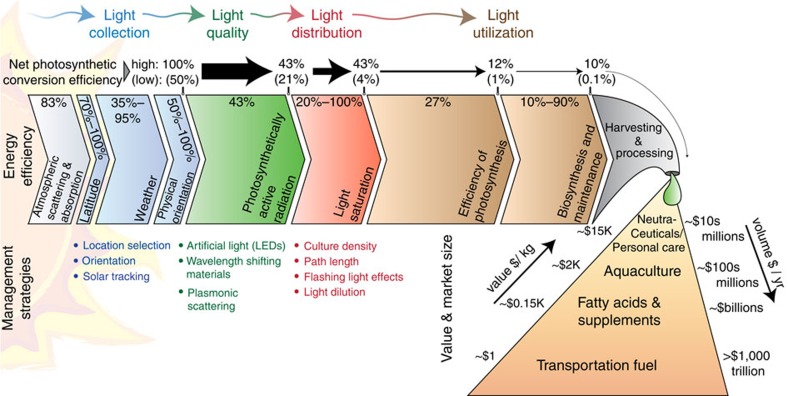Figure 1. Sunlight-to-biomass conversion efficiency and strategies.
The amount of useful energy decreases between the sun and the final bio-product. Initial atmospheric scattering leads to attenuation of direct beam and diffuse light of around 17%, an effect which increases with latitude by as much as an additional 30%. Weather conditions can result in an additional 65% loss based on the difference between clear sky and measured irradiances of several representative cities around the world (Fig. 2a). The physical orientation of the culture unit relative to the sun can reduce the irradiation intensity by another 50% for a horizontal surface compared with a surface oriented directly towards the sun. Upon reaching the culture, 57% of typical sunlight is not useful for photosynthesis and is therefore considered to be lost. At peak sun intensity, as much as 80% more of the absorbed sunlight may be wasted since it exceeds the saturation limit of the photosynthetic microorganisms. Additional losses related to energy transduction through the photosynthetic apparatus (73%) and biomass synthesis and maintenance (10%–90%) results in further losses11. Net photosynthetic efficiency, calculated from when light is incident on a reactor surface to its storage as a simple carbohydrate, can range between 0.1% and 10%. Of the markets that microalgal products can serve, transportation fuel represents the largest by volume and has few sustainable alternatives. However, from a value perspective transportation fuel is relatively inexpensive making alternatives difficult to justify economically. Higher value products such as dietary supplements, aquacultures feedstocks, additives for personal care products, and nutraceuticals have substantially lower demand, but can be orders of magnitude more valuable. Technology maturation can be supported by including high-value products production to support low-value, high-volume production of energy. Approximate values based on refs 14, 98.

